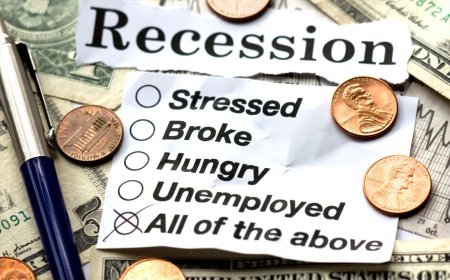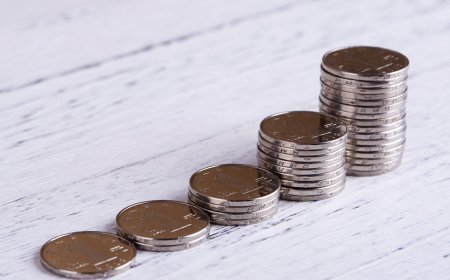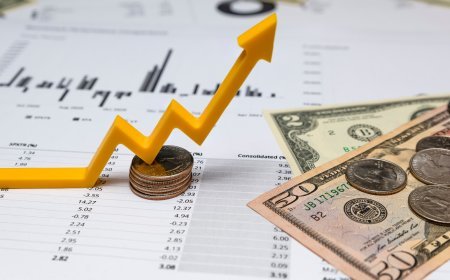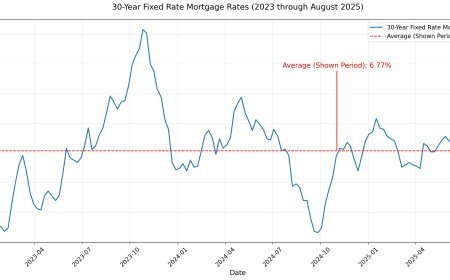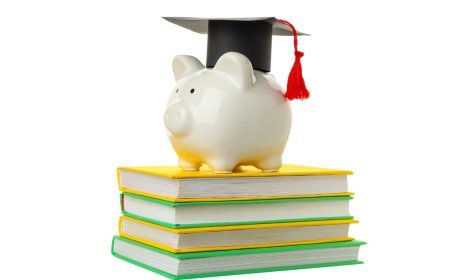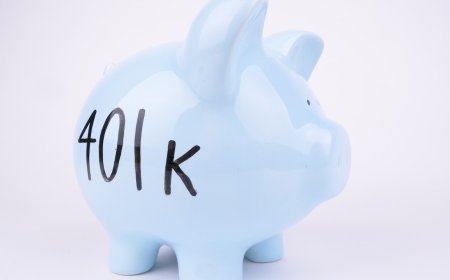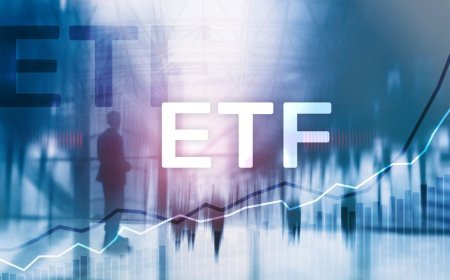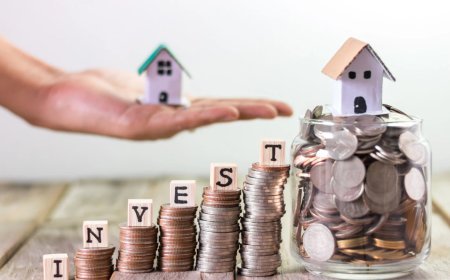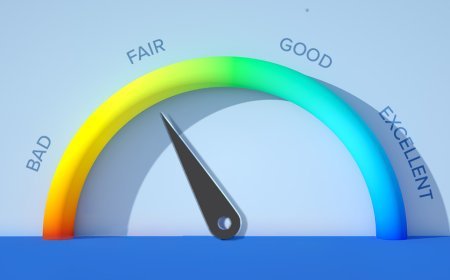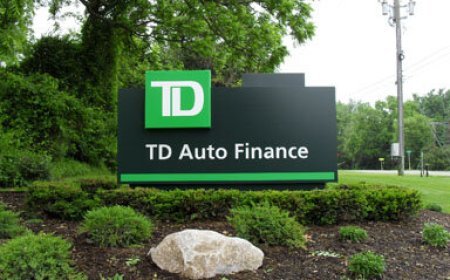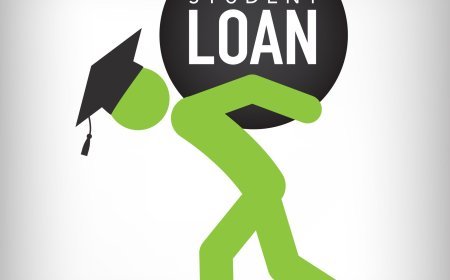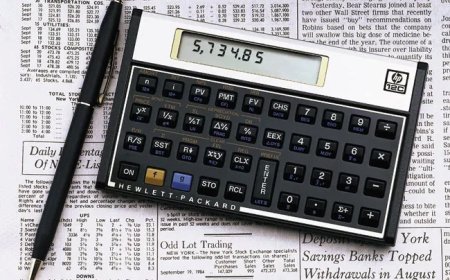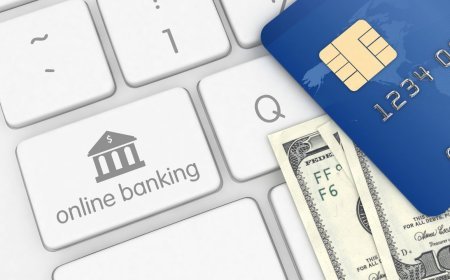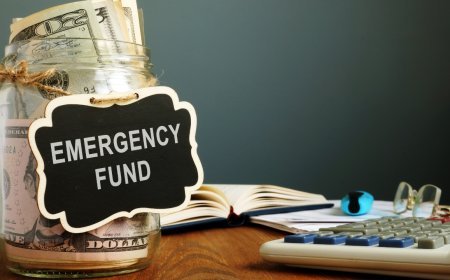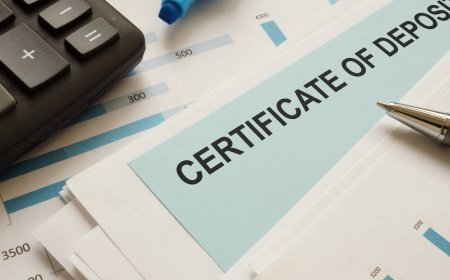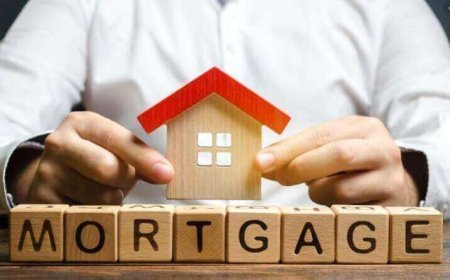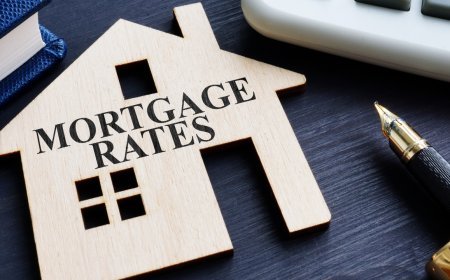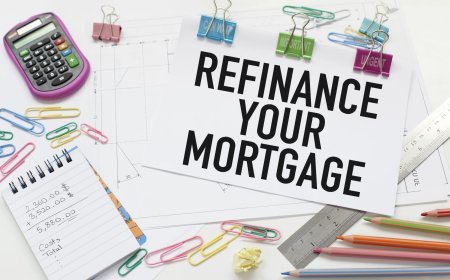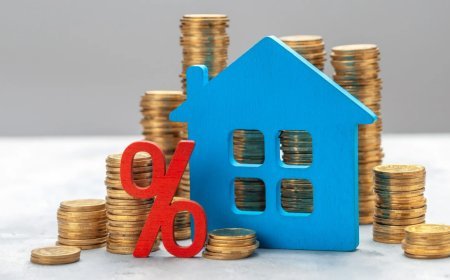Buying a House Before the End of 2025: Your Mortgage Guide
With just over two months left in 2025, purchasing a home before the year ends can be a financially savvy decision, particularly when it comes to securing the right mortgage. As of October 21, 2025, mortgage rates have eased from their 2024 highs, creating a more buyer-friendly market. The housing landscape is also shifting, with increased inventory and slower home price growth offering more options and negotiating power.
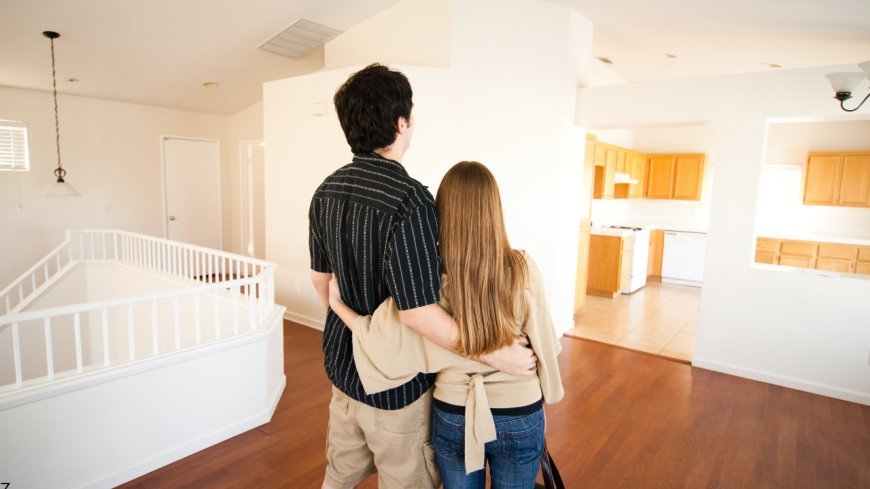
The mortgage market in late 2025 is showing promising signs for buyers. The average 30-year fixed-rate mortgage now hovers between 6.09% and 6.33%, a notable drop from over 7% earlier this year, while 15-year fixed rates range from 5.54% to 5.75%. These lower rates, combined with home price growth projected at a modest 2.7% for 2025, make borrowing more affordable. Inventory is improving, reducing competition, and recent X posts highlight both excitement over these conditions and lingering concerns about affordability in pricier markets. The week of October 12-18 was noted as a prime buying window due to lower competition and better selection, but late October still offers favorable conditions for those ready to act.
Financial Benefits of a Year-End Mortgage
Securing a mortgage before year-end comes with compelling financial benefits. Closing by December 31 allows you to deduct mortgage interest paid in 2025 on up to $750,000 of debt for a primary residence, potentially lowering your taxable income with your first payment. If you pay points to reduce your rate, these are often fully deductible in the purchase year. Property taxes paid at closing are also deductible, up to a $10,000 state and local tax cap. First-time buyers may qualify for a renewed $15,000 refundable tax credit, covering up to 10% of the home’s purchase price. Some lenders offer energy-efficient mortgages, which can finance eco-friendly upgrades with additional tax perks. Consulting a tax professional is crucial to confirm eligibility based on your income and filing status.
Choosing the Right Mortgage Type
Choosing the right mortgage is pivotal, especially with a tight timeline. A 30-year fixed-rate mortgage offers predictable payments and lower monthly costs, ideal for long-term homeowners, though it accrues more interest over time. A 15-year fixed-rate mortgage, with rates around 5.54% to 5.75%, saves on interest but requires higher monthly payments, suiting those with strong cash flow. Adjustable-rate mortgages start lower, around 5.5% for a 5/1 ARM, but carry risks if rates rise later, making them better for short-term stays. FHA loans, requiring just 3.5% down, are great for first-time buyers with lower credit scores, while VA loans offer no down payment and competitive rates for eligible veterans. USDA loans, for rural or suburban homes, provide zero-down options for qualifying buyers. Fixed-rate loans are generally safer for year-end buyers to avoid future rate uncertainty.
Timeline for a Year-End Mortgage Closing
The mortgage process for a year-end closing typically takes 30-45 days from offer to completion, making speed essential. Start by getting pre-approved, which strengthens your offer and clarifies your budget, typically taking one to two weeks. Once your offer is accepted, submit a full loan application with documents like pay stubs, tax returns, and bank statements, which can be processed in a few days if organized. Locking your rate early is critical, as rates fluctuate daily; a 60-day lock provides flexibility. The lender will order an appraisal to confirm the home’s value, and underwriting will verify your finances, both taking two to three weeks. Closing, where you sign documents and pay closing costs (2%-5% of the loan amount), takes one to two days. Holiday schedules may compress or delay these steps, so confirm lender and title company availability to avoid bottlenecks.
Pros and Cons of a Year-End Mortgage
Securing a mortgage before December 31 has distinct advantages. Lower rates compared to 2024 peaks improve affordability, and immediate tax deductions on interest and points can reduce your 2025 tax bill. Less buyer competition in late fall means stronger negotiating power, potentially lowering your loan amount. Some lenders may offer year-end promotions, like reduced fees, to meet quotas. However, holiday schedules can delay appraisals or closings, and the year-end rush might pressure you into accepting suboptimal terms. While rates are favorable, unexpected economic shifts could push them up before you lock. Rushed decisions could also lead to overlooking key loan details, so careful review is essential.
Practical Tips for Mortgage Success
To navigate a year-end mortgage successfully, start by comparing at least three lenders to secure the best rates and fees, using online tools or a mortgage broker to save time. Lock your rate as soon as possible to protect against volatility, ideally for 60 days to cover the closing timeline. Gather all required documents—pay stubs, W-2s, bank statements, and tax returns—in advance to prevent underwriting delays. In a buyer’s market, negotiate with sellers or lenders to cover part of your closing costs, which can run 2%-5% of the loan. Partner with a loan officer experienced in year-end closings to manage holiday hurdles and keep the process on track.
Conclusion
Purchasing a home before the end of 2025 offers a unique chance to capitalize on lower mortgage rates and valuable tax benefits. With rates for 30-year fixed mortgages at 6.09%-6.33% and inventory improving, the market favors prepared buyers. By selecting the right mortgage type, acting quickly, and leveraging deductions like mortgage interest and points, you can maximize savings. Start early, stay organized, and work with experienced professionals to meet the December 31 deadline. For tailored advice, consult a mortgage lender and tax professional.
What's Your Reaction?
 Like
0
Like
0
 Dislike
0
Dislike
0
 Love
0
Love
0
 Funny
0
Funny
0
 Angry
0
Angry
0
 Sad
0
Sad
0
 Wow
0
Wow
0


